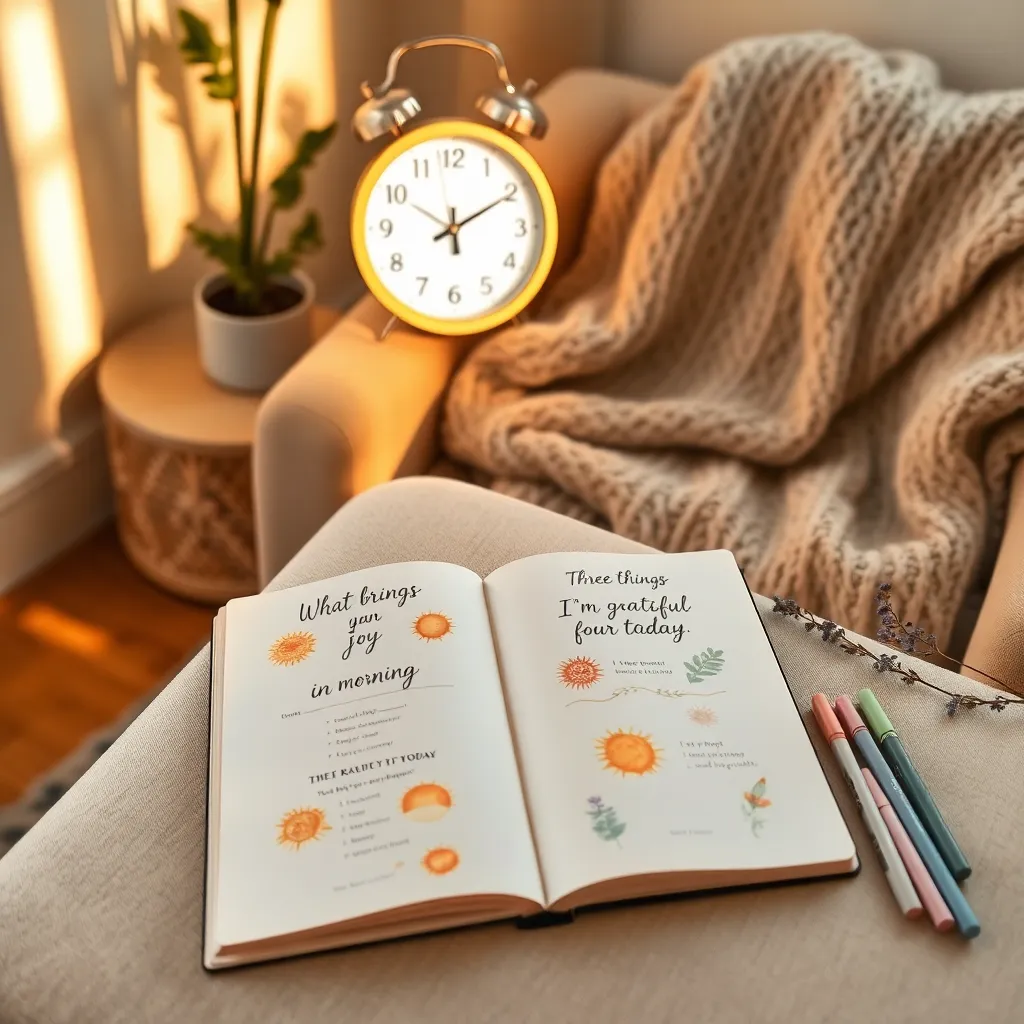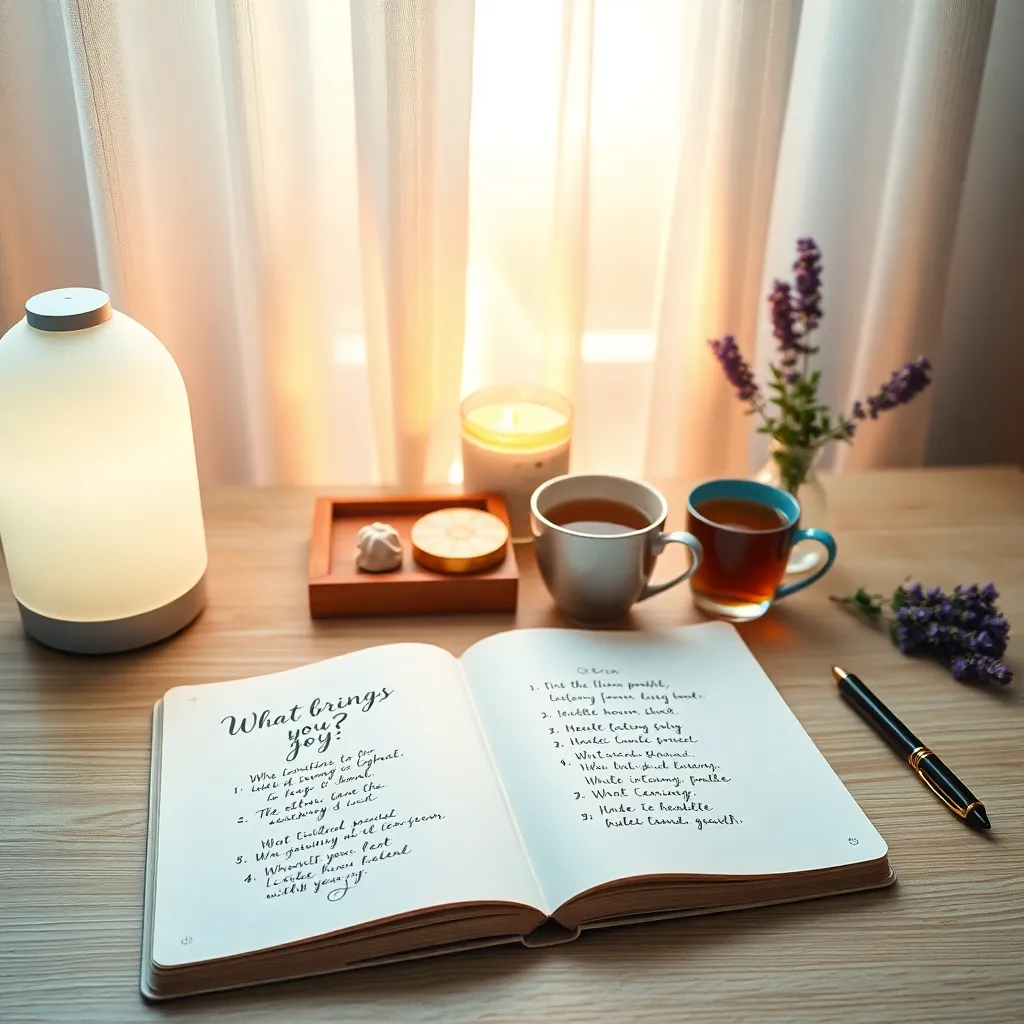In our fast-paced world, restful sleep is more vital than ever for maintaining overall wellness. Wake-up light therapy gently eases you out of slumber, mimicking a sunrise to naturally align your circadian rhythm.
Discover how this innovative approach can transform your sleep cycle, leaving you refreshed and energized. Embrace the science of light to illuminate your path to better sleep and brighter mornings.
Understanding Wake-Up Light Therapy

Wake-up light therapy simulates a natural sunrise, helping to regulate your circadian rhythm. Consider journaling about your sleep patterns and feelings upon waking. This can enhance awareness and guide adjustments for better rest.
To deepen this practice, try prompts like:
- “How did I feel waking up today?”
- “What influenced my sleep quality last night?”
These reflections can help identify patterns and support your journey to more restorative sleep.
How Light Therapy Enhances Sleep

Incorporating light therapy can significantly improve your sleep by regulating your body’s internal clock. Morning exposure to natural light or a wake-up light can enhance alertness and mood.
For journaling, try these prompts:
- How did I feel waking up after light therapy?
- What changes in sleep quality have I noticed?
Record your observations to track improvements over time.
Integrating Light Therapy Into Routine

Begin your day with a gentle wake-up light to boost mood and energy. As you rise, jot down your intention for the day, focusing on positivity and gratitude.
Incorporate a brief evening reflection under soft lighting. Consider prompts like:
- What moment today brought you joy?
- How did light influence your mood?
These reflections enhance sleep quality and emotional well-being.
Comparing Light Therapy to Alternatives

While light therapy is effective for better sleep, alternatives like journaling can also enhance your routine. Try starting your day with a gratitude journal to uplift your mood and set a positive tone.
Engage in evening journaling to unwind before bed. Use prompts like: “What calms me today?” or “How did I nourish my soul?” to reflect and relax. These practices can complement light therapy beautifully.
Maximizing Benefits for Restful Nights

Embrace the calm before bed by journaling. Try a simple gratitude prompt to ease into restful sleep. Reflect on 3 things you’re thankful for today.
For deeper relaxation, use visualization writing. Imagine your ideal sleep scenario. Describe it vividly to soothe your mind.
Conclusion: Creating Beautiful Outdoor Spaces
In exploring the dynamic intersection of wake-up light therapy and relationship well-being, we unearthed five pivotal concepts: the importance of quality sleep for emotional regulation, the role of synchronized sleep schedules in enhancing intimacy, how improved sleep environments foster better communication, the positive impact of reduced stress on relationship satisfaction, and the value of shared health goals. Each of these elements plays a critical role in nurturing a thriving partnership.
To take immediate action, consider integrating a wake-up light into your bedroom routine. This small change can significantly enhance your sleep quality, setting the stage for improved emotional and relational health.
As you embark on this journey towards a more harmonious relationship, save or bookmark this article to keep these insights at your fingertips. Revisit them as needed to refresh your commitment to both personal and mutual well-being.
Remember, the foundation of any successful relationship is built on understanding, patience, and growth. By prioritizing sleep and mutual health, you pave the way for a more connected and fulfilling partnership. Here’s to a brighter, more harmonious future together!

